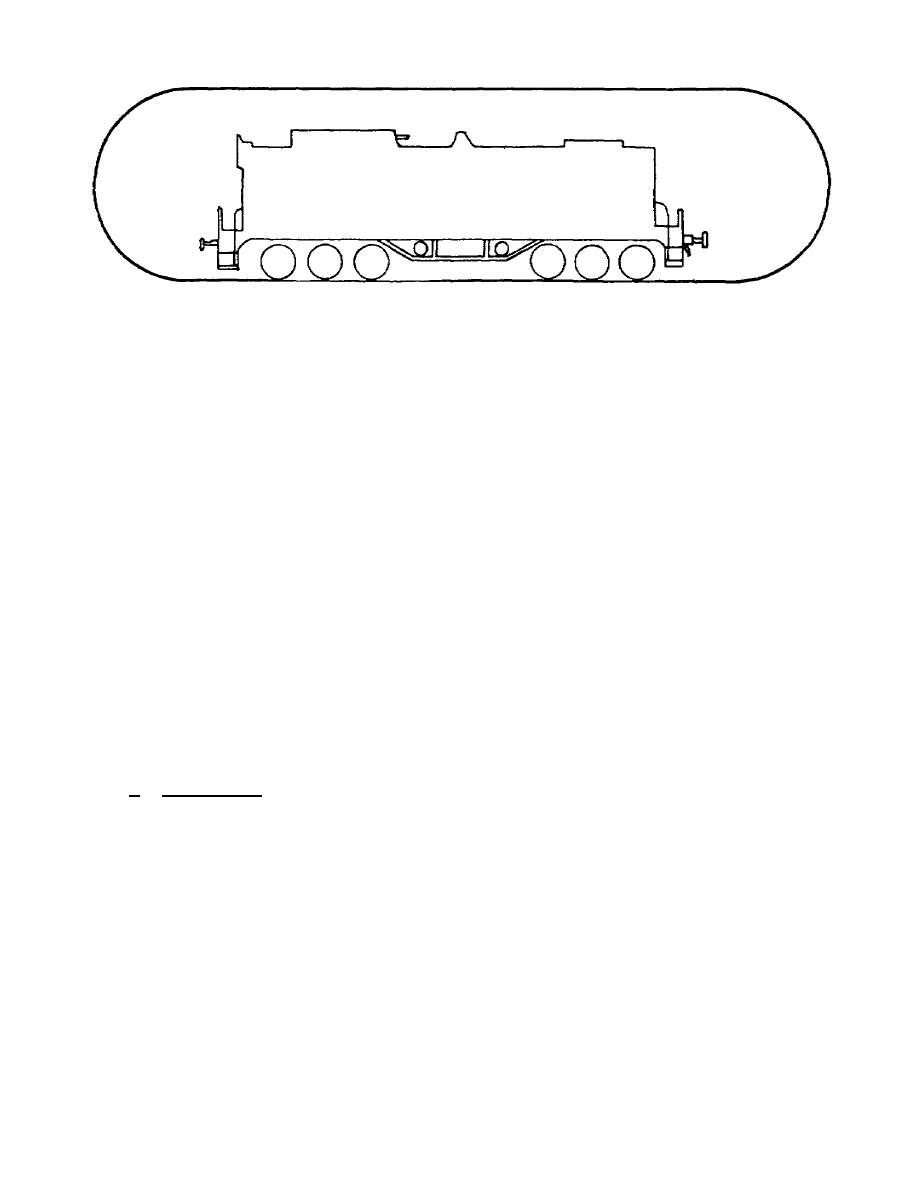
Chapter 1
ARMY RAIL EQUIPMENT
1.1. GENERAL
To understand how to maintain equipment, you must have a general
knowledge of it and of the regulations governing its maintenance.
Therefore, this chapter introduces some typical rail equipment the Army owns
and the regulations that deal with its inspection and maintenance. Only the
equipment which makes up the three basic parts of a train is covered in this
chapter: the locomotive that moves the train, the rolling stock or cars
containing the things it moves, and the caboose at the rear of the train.
1.2. TYPICAL U.S. ARMY RAILWAY EQUIPMENT
Vast tonnages of supplies must be moved to support military forces in
a theater of operations. For that reason, the transportation railway
service (TRS) has more to do with freight train operations than with
passenger movements. Although large numbers of troops are moved by rail,
normally this is not the first order of business. The TRS does, however,
operate ambulance trains for casualties and work trains to clear and repair
rail lines, but they are relatively few compared to the large number of
freight trains that it operates in a theater.
The following subparagraphs discuss three kinds of rail equipment that
may be found in Army trains. Let's begin at the front of the train and work
rearward.
a. Locomotive. The Army uses two basic dieselelectric locomotives: an
0660, 120ton, 1,600horsepower engine and an 0440, 60ton, 400
horsepower engine. These engines may be employed in either road or yard
service and may be used singly or in multiple units. Note that the terms
locomotive and engine are used interchangeably in this text. Figures 1.1
and 1.2 illustrate both locomotives.
3


 Previous Page
Previous Page
